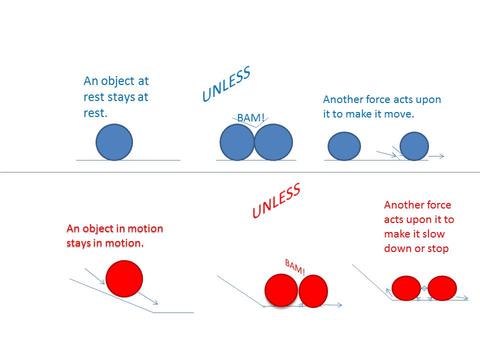

It's equal to the magnitude of the force exerted on one kilogram of mass in a 9.80665 m/s² gravitational field. Kiloponds, also named kilogram-force, are the force units from a gravitational metric system. To learn more, go to the CGS system of units converter. The dyne per centimeter is a unit that is still used in surface tension measurements. They're rarely used nowadays, but you can find them in old physics books. What are these units' origins, and where are they used?ĭynes are the units from the predecessor of the SI system – the CGS system of units. Though the newton unit is the basic unit from the SI system, other units also exist (and that's why we need this force converter). You can encounter forces expressed in kN in: On a daily basis, we tend to use kilonewtons rather than newtons to express forces. If you're curious what's your weight on other planets (in comparison to your weight on the Earth, as we now understand that mass is constant), check out our great weight on other planets calculator. So the mass will remain the same, but the object's weight will differ. However, if we want to know the weight on other planets, we need to take into account the different gravitational forces on each planet. To sum up – if we're talking about the objects on the Earth's surface, all we need to do is to divide the weight in newtons by 9.81 (or 10 if we only need a rough estimation) to obtain the mass in kilograms. One newton is the force equal to the weight of an average apple with a mass of 102 g.Īn object with a mass of one kilogram, e.g., 1 kg of sugar will weigh ~9.81 newtons on the surface of the Earth.Īgain, in Earth gravity, 1 kN = 102 kg = 225 lbs.ġ-ton car will weigh 10 kN on the Earth's surface.

We know that average gravity on Earth is equal to approximately g = 9.81 m/s², so if we're on Earth: Have a look at our explanatory table, and all should be clear!

The weight is then expressed in force units – newtons. However, physicists will call that quantity mass, and the weight word is reserved for the amount of force acting on the object, either due to gravity or to a reaction force that holds it in place. In everyday life, we use the weight term to express the concept of quantity – the amount of "matter" in an object, and we express it in, e.g., kilograms or pounds. But first of all, we need to explain that mass and weight mean something different in common usage and the physics world. To have a grasp of that unit and understand how much one newton is, let's have a look at some examples.


 0 kommentar(er)
0 kommentar(er)
